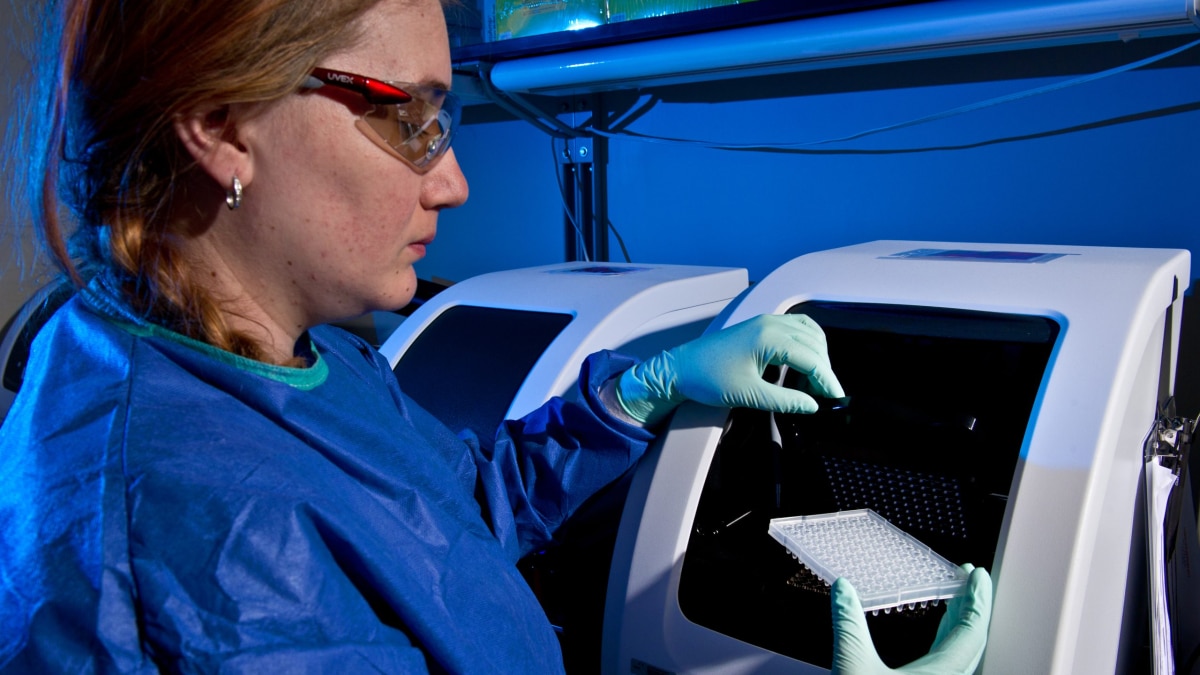Key points
- Clinical laboratories can provide diagnostic testing for Chlamydia pneumoniae infections using culture, serology, or molecular methods.
- There are multiple Food and Drug Administration (FDA)-cleared laboratory tests for the detection of C. pneumoniae infection.
- Nucleic acid amplification tests (NAAT), including real-time polymerase chain reaction (PCR), are the preferred method of diagnostic testing for acute C. pneumoniae infection.

Lab methods
Clinical laboratories can provide diagnostic testing for C. pneumoniae infections using culture, serology, or molecular methods.
There are multiple FDA-cleared tests for the detection of C. pneumoniae infection. Respiratory pathogen panels are the most common test method performed in clinical laboratories.
Culture of C. pneumoniae is performed by specialized reference laboratories, but it's time-consuming and not optimal for treatment decisions.
Serological testing is performed in some clinical laboratories but lacks specificity. It often requires multiple patient visits to collect acute and convalescent paired sera specimens (time-sensitive sampling).
Molecular tests, including NAATs, offer high sensitivity and specificity and provide timely results for treatment decisions. These tests can also determine antibiotic susceptibilities.
Additional or specialized testing
Laboratory guidelines
- Routinely test cell cultures for Mycoplasma contamination by PCR
- Confirm positive results by an additional test, such as NAAT
- Do not diagnose an acute infection based on single IgG titers
- Preferred method: Microimmunofluorescence
- Non-endorsed methods: Complement fixation, EIA, and whole-inclusion fluorescence
- Best method for the diagnosis of an acute C. pneumoniae infection
- Preferred method: NAAT, such as real-time PCR, or respiratory pathogen panel
Complement fixation is not recommended for diagnosis of acute C. pneumoniae infection. It cross-reacts with other Chlamydia species and other enteric bacteria. Also, the sensitivity for detecting reinfection is low.
EIA is not a recommended diagnostic method because of low sensitivity and specificity.
Whole-inclusion fluorescence tests are not species-specific and have not been widely evaluated.
Microimmunofluorescence is the only species-specific antibody test available that can measure isotype-specific antibody titers to all Chlamydia species simultaneously. However, this testing is technically complex and interpretation is subjective.
Submitting specimens
Public health department laboratory staff can forward approved specimens to CDC for specialized testing.
